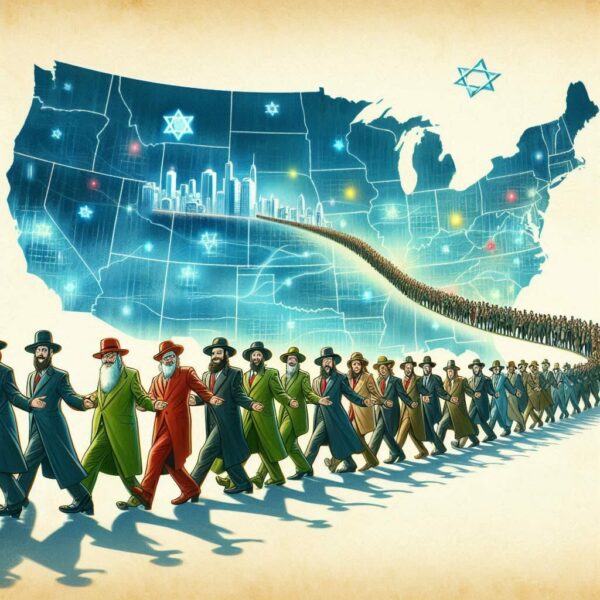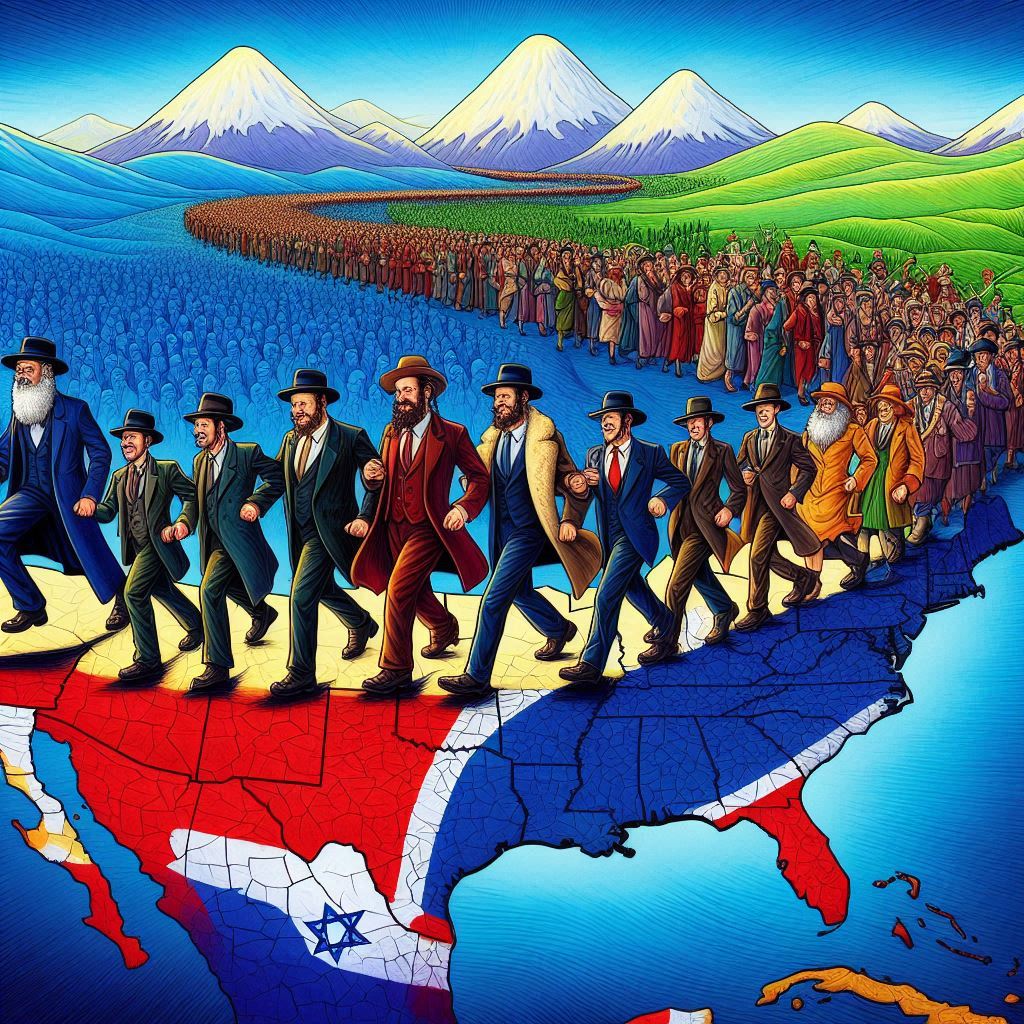A few years ago, I felt like I was struck by lightning when I read Malcolm Feeley’s opening keynote address at a conference, published in the Boston Law Review. Along with many interesting ideas, Feeley tackles a perennial question in punishment studies–namely, American exceptionalism. How can we be the only Western industrialized country that has retained the death penalty? How can we be the world leader in mass incarceration, leaving Western industrialized countries so far behind?
A seasoned comparative political thinker, with a mind that quickly traverses time and place, Feeley rejects American exceptionalism as a framework for discussing these questions. Instead, he joins forces with a valuable perspective in political science, American Political Development, which seeks to strip American political science scholarship from its rosy-eyed, idealized perspectives on America, and look at it instead through the same rigorous methodologies that we use to study other countries in the world.
The best way to explain the standpoint of American Political Development is to remember a wonderful column Joshua Keating used to write for Slate called If It Happened There, in which Keating covers current events as we would if they had happened in a foreign country. This, for example, is how Keating covered SCOTUS in 2016:
The nine unelected justices who sit for lifetime terms on the Supreme Court are tasked with ensuring that laws passed by the democratically elected government don’t violate the ancient juridical texts upon which the country’s laws are based. As such, they wield immense powers and have the ability to overrule even the president himself. The aged, scholarly jurists, cloaked in long black robes, conduct their deliberations behind closed doors, shielded from the scrutiny of the media, and their most important decisions are often released to the public with great drama but little warning.
When we read this text, it’s worth asking ourselves: what makes it funny? It will ruin the joke, but it will bring about greater understanding. Can you tell the slightly smug, condescending, patronizing voice, the disrespect for the country’s sanctified constitution, etc.? This is the tone we use to talk about those whom we consider “less than.”
It’s no coincidence that Keating wrote some of his best columns during the first Trump administration, when it was easy to patronizingly lampoon the looney-tunes headlines and the eau-de-banana-republic was especially pungent. By now we’re used to it, and it’s probably no coincidence that I’m writing this on January 21, 2025, a day after we were treated to this word salad. Thing is, the more used to are to this, the more ridiculous and quaint it seems to wonder why the U.S. seems so out-of-step with Western Europe. If anything, the fair question is: why not compare the U.S. to countries that share more similarities with it?
This is exactly the question Feeley raises in his keynote speech, and he answers it in true APD fashion: it’s not that America is unique – it’s that we’ve been comparing it to the wrong type of country. North America is best understood in comparison to… South America. We’ve tended to view North America as part of the “global North”, contrasted to “the global South,” the latter typically characterized by political instability, high level of interpersonal violence, wide gaps in income, and painful histories of slavery and racial oppression. But an unflinching gaze at the U.S. can’t but lead to the conclusion that, as Feeley explains, “by many of the indicators I have set out above, the United States is ranked well below Western Europe, and toward the Latin American end of the spectrum.” Incidentally, this sort of diagnosis led me elsewhere to speculate that Israel’s tendency to borrow, and sometimes adopt, ineffective–and sometimes outright destructive–criminal justice trends from the U.S. stems not from the latter being a good role model, but from the pathologies the two countries share: you guessed it, political instability, high levels of interpersonal violence, a history of colonialism and infighting, wide gaps in income, an abundance of weapons in civilian hands, and a legacy of police overreach and abuse excused as a national security imperative.
What does all of this have to do with Jewish experiences and Jewish thought? At HUC rabbinical school (which we started earlier this month to great fanfare, hooray! What an excellent program and amazing classmates!), we’ve just started taking American Jewish Thought with Prof. Michael Marmur. Our journey started with the question whether there is something idiosyncratic, different, unique, about the Jewish experience–and Jewish thought–in America.

In the 1950s, when American exceptionalism was a dominant perspective in political science, it extended to a variety of contexts, one of them being the Jewish experience in America. Ben Halpern wrote a famous 1955 essay titled “America Is Different” (later to appear in his book), in which he identified certain idiosyncrasies about American Jewry compared to Europe. American Jewry, Halpern argued, was younger (it had celebrated its tricentennial in the 1950s, and the bulk of immigration and institutions dated only to the 19th century); it did not have to face an emancipatory struggle as in European countries, as there was never a divisive moment involving Jews in America. Assimilation happened within one generation, which meant no long “culture of the ghetto” evolved. And any development of Zionism or anti-Zionism occurred against this backdrop, rather than against the backdrop of nationalistic antisemitism as in Europe.
Some of these points are well taken, and were echoed (in more nuanced tones) by later commenters. For example, in How America Met the Jews, Hasia Diner, who by no means hails the U.S. as a “new Jerusalem,” does point to a few idiosyncrasies, again, through a comparison to Europe. First, she points to the centrality and nature of immigration to America–en masse and, at least regarding its critical mass, over a relatively short period of time. Second, the nation’s enduring obsession with color, where Jews don’t quite fit the framework through which race, racism, and race scholarship operate. Third, American materialism, which is linked to its economic materialism, as a way to assimilate and advance. Fourth, the American religious landscape, which by default and design fostered the existence of multiple denominations–of Jews and of everyone else (which created egalitarian opportunities for women in Jewish congregations where none were available elsewhere in the world). And fifth, the two-party system in America’s political life.
Others, however, critiqued these perspectives to point out that the wholesale comparison between the U.S. and Europe is too generalized and does not acknowledge variation across space and time. Tony Michels, for example, points out that comparing one country to an entire continent makes no sense; indeed, comparing the Jewish experience in the U.S. to that of cities such as Odessa and St. Petersburg reveals scenarios that evince similar degrees of independence and success. Michels also argues that many of the rosier accounts of Jewish assimilation minimize the levels and vehemence of American antisemitism, which was far from negligible, sometimes violent, and certainly destructive when considering America’s inaction during WWII. Even the idea of an immediate emancipation as unique has its detractors: David Sorkin identifies times and places in which “port Jewry” experienced similar rapid assimilation and relative success, as well as places within the U.S. where state law affirmed and cemented institutional antisemitism (e.g., job and education caps).
Reading Michels and Sorkin made me think of APD and of Feeley’s alternative comparison. There are valid points made on behalf of exceptionalism and on behalf of similarities between U.S. Jewish experiences and perspectives in other times and places in Europe. But what if the problem is that we’ve missed out on a far more relevant, and useful, comparison–that is, again, between North and South America?
Here are some similarities that might have an important impact on assimilation, immigration experience, political and theological ideologies, etc. North and South America include many countries with legacies of slavery, colonialism, and civil war that did not involve Jews in any meaningful way. As is the case with the U.S.’s obsession with color and race, and the painful enduring legacy of slavery and the Civil War, many South American countries experienced violent struggles for liberation from the European metropoles, which bore strong elements of indigenous rights. The Americas did not experience a full-blown holocaust, though the specter of escaped Nazis hiding in Brazil and Argentina would be a factor here, and in both parts of the continent there was a critical mass of people arrived from Europe with the legacy of the Holocaust. In many of these countries, the Jewish newcomers could not be calibrated or perceived according to the existing racial hierarchies and benefitted from being coded white, or at least non-native; and all these countries have legacies of political violence and police overreach, as well as bouts of scary unrest, which can be alarming to immigrants and incentivize people to color within the lines in their adopted countries.
I thought that having grown up in Ecuador and Barbados, and experienced the Jewish community there through my dad’s performing rabbinical functions de facto in those places and others, made the South American comparison more salient for me, but it turns out (of course) that I was not the only one. In his fantastic book The Seventh Heaven, Ilan Stavans offers a travelogue/ethnography of the diverse Jewish experience in Latin America, which includes in-depth analysis of specific places and times that defy the “new Jerusalem” narrative. In the introduction to his book, he talks candidly about how Trump’s ascent (and the parallel animus on the left) resembled other global developments:


There are, of course, important differences (aren’t there always? if everything were the same, would we even need analogies?), and I think many of them are a factor of scale. The U.S. has the second-largest concentration of Jews in the world, whereas the numbers of Jews in South American countries are much smaller. Institutionally speaking, this means Jews in the U.S. can organize and speak more effectively than in South America. There’s also the fact that the ubiquity and prominence of mainstream Protestant Christianity in the U.S. impacts how other religions (including Judaism) are practiced, whereas in Latin America the dominant culture is Catholic Christianity (with some important syncretic elements). But I still think the comparison is worthwhile, and I plan to keep it in mind whenever I feel myself succumbing to the delusion that what is happening here is nonpareil and special. In some ways, of course it is. But unique features do not mean that there is nothing to learn from other times and places–in criminal justice, in theology, in political thought.

